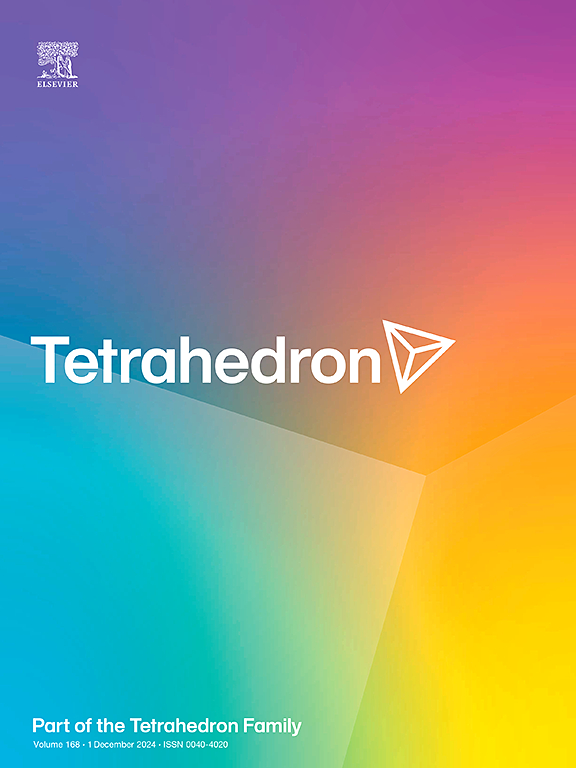Synthesis of cyclic carbonates from CO2 and epoxides by novel metal and halide-free chiral boron compounds
IF 2.1
3区 化学
Q2 CHEMISTRY, ORGANIC
引用次数: 0
Abstract
The production of organic cyclic carbonates as valuable chemicals was carried out using a green and sustainable catalytic strategy for the environmentally friendly metal and halide-free CO2 fixation. A series of novel chiral boron compounds (B1 and B1a-1d with B2 and B2a-2d) was synthesized, systematically characterized and applied for the synthesis of cyclic carbonates via CO2 insertion into epoxides under reasonably mild reaction conditions. The prepared chiral boron compounds were characterized by NMR (1H, 13C, and 11B), FT-IR, UV–Vis spectroscopy, LC-MS/MS spectrometry. The thus characterized chiral boron compounds were used as Lewis acids for the cycloaddition reaction of CO2 to epoxides in the presence of halide-free 4-dimethylaminopyridine (DMAP) as a nucleophilic catalytic component. Importantly, the performance of the newly synthesized compounds was also compared to that of a series of commercially available boron compounds. Halide-free commercially available boron Lewis acids generally showed lower conversion and/or selectivity under the applied reaction conditions that the newly synthesized compounds. The most active chiral boron compounds, dioxaborinanes (B1a) and (B1d), were selective for cyclic carbonate production under atmospheric pressure and were also screened under mild CO2 pressures to afford higher conversion without significantly affecting cyclic carbonate selectivity.

求助全文
约1分钟内获得全文
求助全文
来源期刊

Tetrahedron
化学-有机化学
CiteScore
3.90
自引率
4.80%
发文量
439
审稿时长
34 days
期刊介绍:
Tetrahedron publishes full accounts of research having outstanding significance in the broad field of organic chemistry and its related disciplines, such as organic materials and bio-organic chemistry.
Regular papers in Tetrahedron are expected to represent detailed accounts of an original study having substantially greater scope and details than that found in a communication, as published in Tetrahedron Letters.
Tetrahedron also publishes thematic collections of papers as special issues and ''Reports'', commissioned in-depth reviews providing a comprehensive overview of a research area.
 求助内容:
求助内容: 应助结果提醒方式:
应助结果提醒方式:


